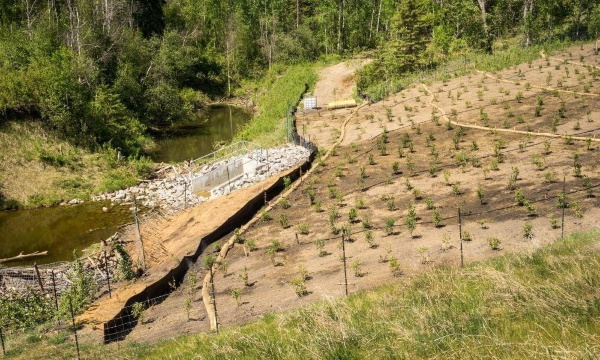The U. S. Department of Agriculture (USDA) announced that agricultural producers and private landowners can begin signing up for the general Conservation Reserve Program (CRP), starting today through Friday, March 29, 2024. This conservation opportunity gives producers tools to conserve wildlife habitat, while achieving other conservation benefits, including sequestering carbon and improving water quality and soil health.
On November 16, 2023, President Joseph Biden signed into law H.R. 6363, the Further Continuing Appropriations and Other Extensions Act, 2024 (Pub. L. 118-22.) The Act extended the Agriculture Improvement Act of 2018 (Pub. L. 115-334), (more commonly known as the 2018 Farm Bill), through September 30, 2024. This extension allows authorized programs, including CRP, to continue operating.

“The USDA has a long track record of fostering and supporting the vital relationship between agriculture and conservation; the Conservation Reserve Program helps our producers be good stewards of their lands and boost wildlife populations at the same time,” said Scott Halpin, FSA State Executive Director in Illinois. “These efforts demonstrate the power of USDA’s Farm Bill conservation programs to conserve wildlife habitat, protect clean water, and address climate change–in partnership with farmers, ranchers, forest owners, and conservation organizations across the Country.”
As one of the largest private lands conservation programs in the United States, CRP offers a range of conservation options to farmers, ranchers, and landowners. It has been an especially strong opportunity for farmers with less productive or marginal cropland, helping them re-establish valuable land cover, to help improve water quality, prevent soil erosion, and support wildlife habitat.
Producers and landowners enrolled about 926,000 acres in General CRP in 2023, bringing the total of enrolled acres in General CRP to 7.78 million. This, combined with all other acres in CRP through other enrollment opportunities, such as Grassland and Continuous CRP, brings the current total of enrolled acres to 24.8 million.
General CRP helps producers and landowners establish long-term, resource-conserving plant species, such as approved grasses or trees, to control soil erosion, improve water quality, and enhance wildlife habitat on cropland.